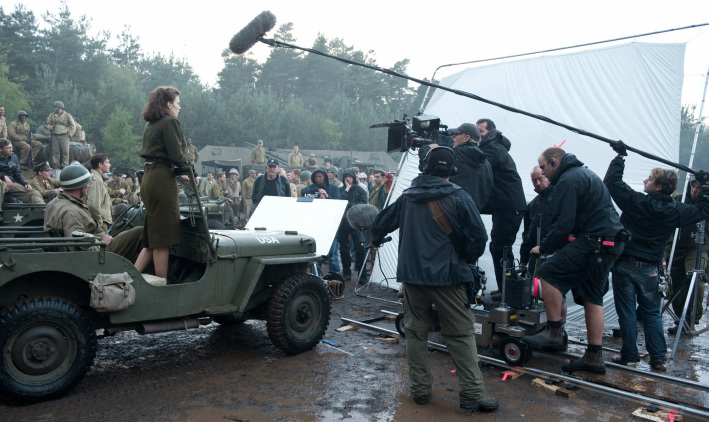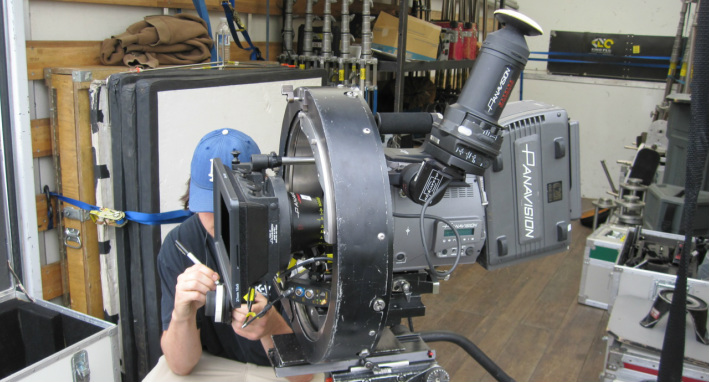- Superman Returns (Bryan Singer, 2006)
- Before the Devil Knows You're Dead (Sidney Lumet, 2007)
- 21 (Robert Luketic, 2008)
- 2012 (Roland Emmerich, 2009)
- Easy A (Will Gluck, 2010)
- Captain America: The First Avenger (Joe Johnston, 2011)
The camera has not been used in the past year, showing that its competitors are beginning to push the Genesis out of the market. However, the camera is still in circulation.
Panavision began differently than most motion picture camera companies. Rather than starting by producing cameras, Panavision began by creating anamorphic projection lenses, which were in growing demand in movie theaters during the 1950's. Robert Gottschalk, one of Panavision’s founders, owned a camera equipment store in which his costumers were cinematographers. As a result, he noticed the need for anamorphic camera lenses, and suggested that Panavision produce those as well. Soon after the company’s creation in 1953, Panavision launched into the market for the anamorphic projection and camera lenses. The camera lenses instantly became popular in the production market, leading MGM to commission Panavision to start working on a widescreen format. They soon produced the MGM Camera 65, which was a widescreen format made for films shot in 65mm film. The first major film the MGM Camera 65 was used on was Ben-Hur (William Wyler, 1959), which won a record breaking 11 Oscars including Best Cinematography. The success of this film and the anamorphic format solidified Panavision in the market for producing camera equipment.
Then Panavision created the Panaflex, a lightweight camera that was to be used mainly for handheld purposes. This camera was revolutionary to the motion picture camera market, because it eliminated the need for a sound blimp and allowed for synchronized sound in handheld camera work. The first film to use this camera was The Sugarland Express (Steven Spielberg, 1974). The success of the Panaflex in the 1970’s and the updated versions that appeared in later years proved to be essential to the success of the company, and made it one of the most competitive camera companies on the market.
The Panavision Genesis, like the Alexa, uses a Super 35 chip, which allows for the user to utilize any 35mm film lenses they may have. The chip has a 16:9 aspect ratio and although it initially records in 5760x2160, the camera cuts this in half to have a final resolution output of 1920x1080. Because Panavision initially had difficulty with colorimetry, specifically with Star Wars: Attack of the Clones (George Lucas, 2002), they created their own Panalog color space. This has a better ability to preserve color highlights in post-production and as a result, this camera is often preferred for films with large amounts of visual effects in post-production.
Overall this camera is respectable for filmmaking and has been proven to be an asset for many of the productions in the past decade. Because this camera is starting to become unused by the film industry, expect to see either an updated Genesis camera, or a newer camera in the coming years. Panavision remains one of the more successful camera equipment companies, and they have produced a quality camera with the Panavision Genesis.




 RSS Feed
RSS Feed
